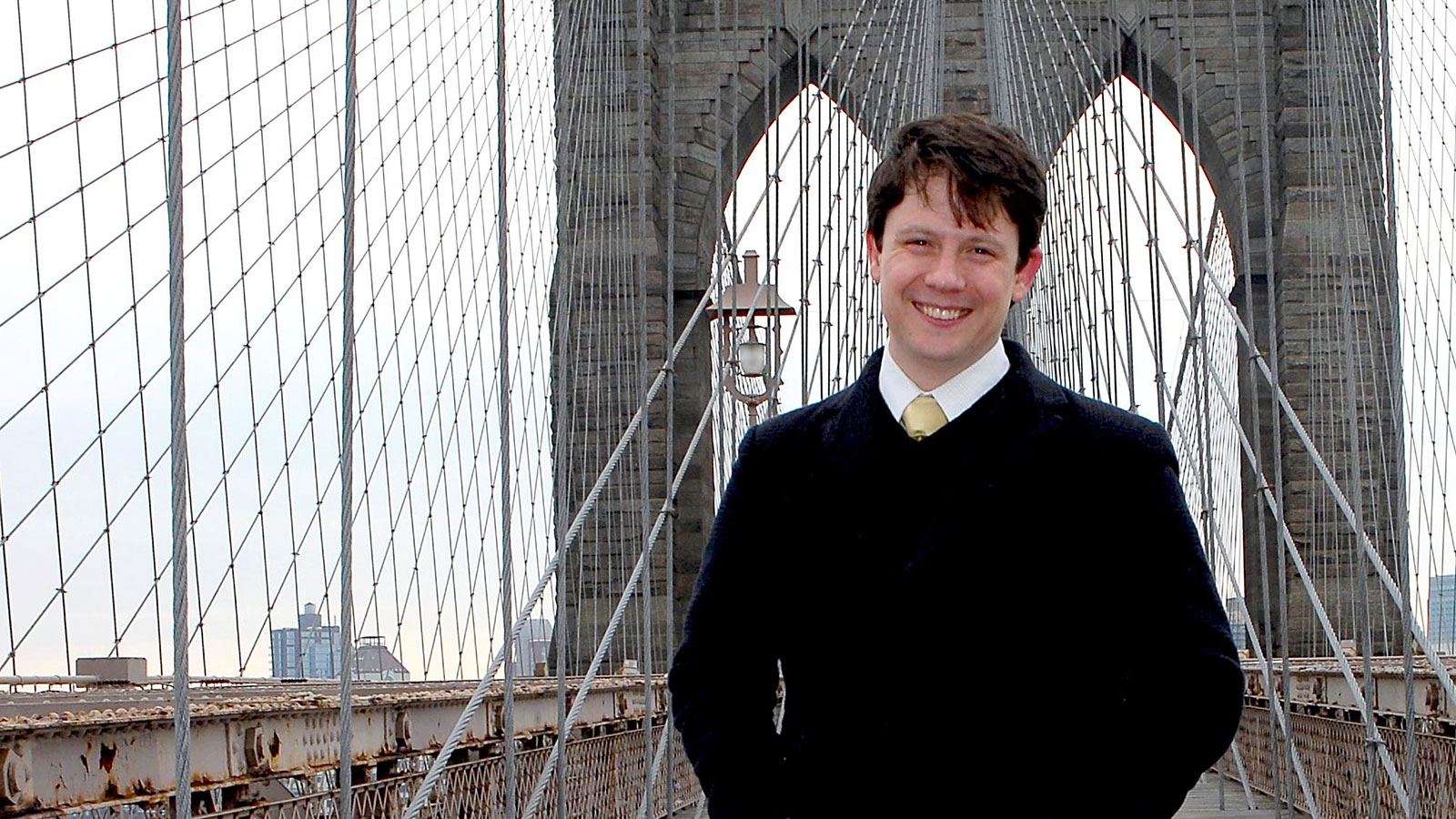Chris Goranson

I couldn't imagine how difficult it would have been to apply this information if I had to wait two years while I was in school full-time.
In a field dominated by mapmaking, Chris Goranson and his team are finding innovative ways to use geographic information systems. They are using cutting-edge technology to track disease and develop public health policy.
Penn State's online master's degree program in GIS allows Chris to stay on top of developments in the field and to test his ideas with professors and peers.
"The classmates and instructors have become great sounding boards for me," he says. "One of the most difficult things in this field is that it's growing so rapidly and is largely exploratory, but it's great to have a community where everyone can share ideas with each other."
The New York City Department of Health and Mental Hygiene has more than 6,000 employees in fifty bureaus. Chris and his staff spend time teaching each department how GIS technology can benefit them and help them move forward.
"We have a bureau to represent every major facet of public health that NYC addresses, and GIS is applicable to all of them. We're working to use this technology in entirely new ways," he says.
Originally from Denver, Chris moved to the Big Apple so that his wife could pursue an acting career. He had worked for an environmental consulting firm, but had limited experience applying GIS for public health before accepting his current job. Penn State's online master's degree program in GIS has enabled him to learn advanced spatial methods and immediately apply what he has been learning.
"I couldn't imagine how difficult it would have been to apply this information if I had to wait two years while I was in school full-time," he says.
With a fellowship from the National Science Foundation to work with Japan's National Institute of Public Health to track disease there, Chris will take his newfound expertise abroad to work on a collaborative project to improve disease surveillance using GIS.
*Update September 2014: Christopher Goranson is now a Presidential Innovation Fellow in Washington, DC, working to support the Department of the Interior’s efforts to make data and services covering our nation’s public lands and waters more accessible.